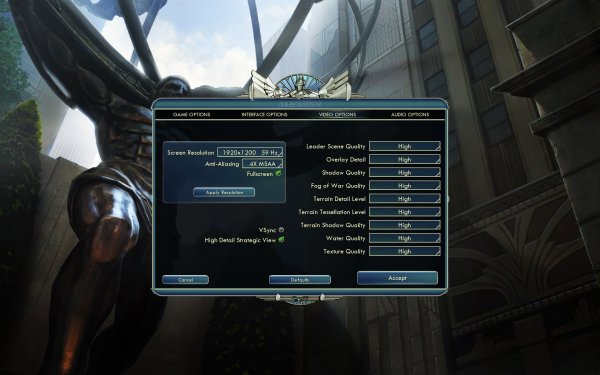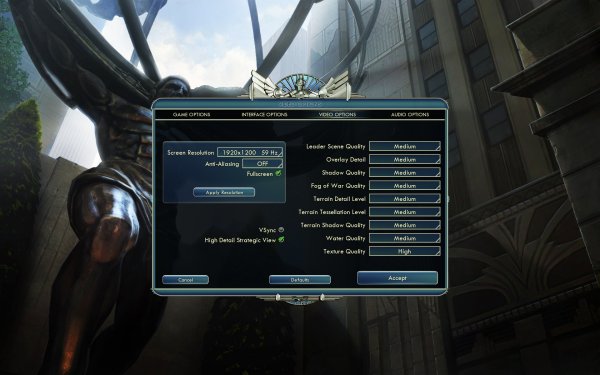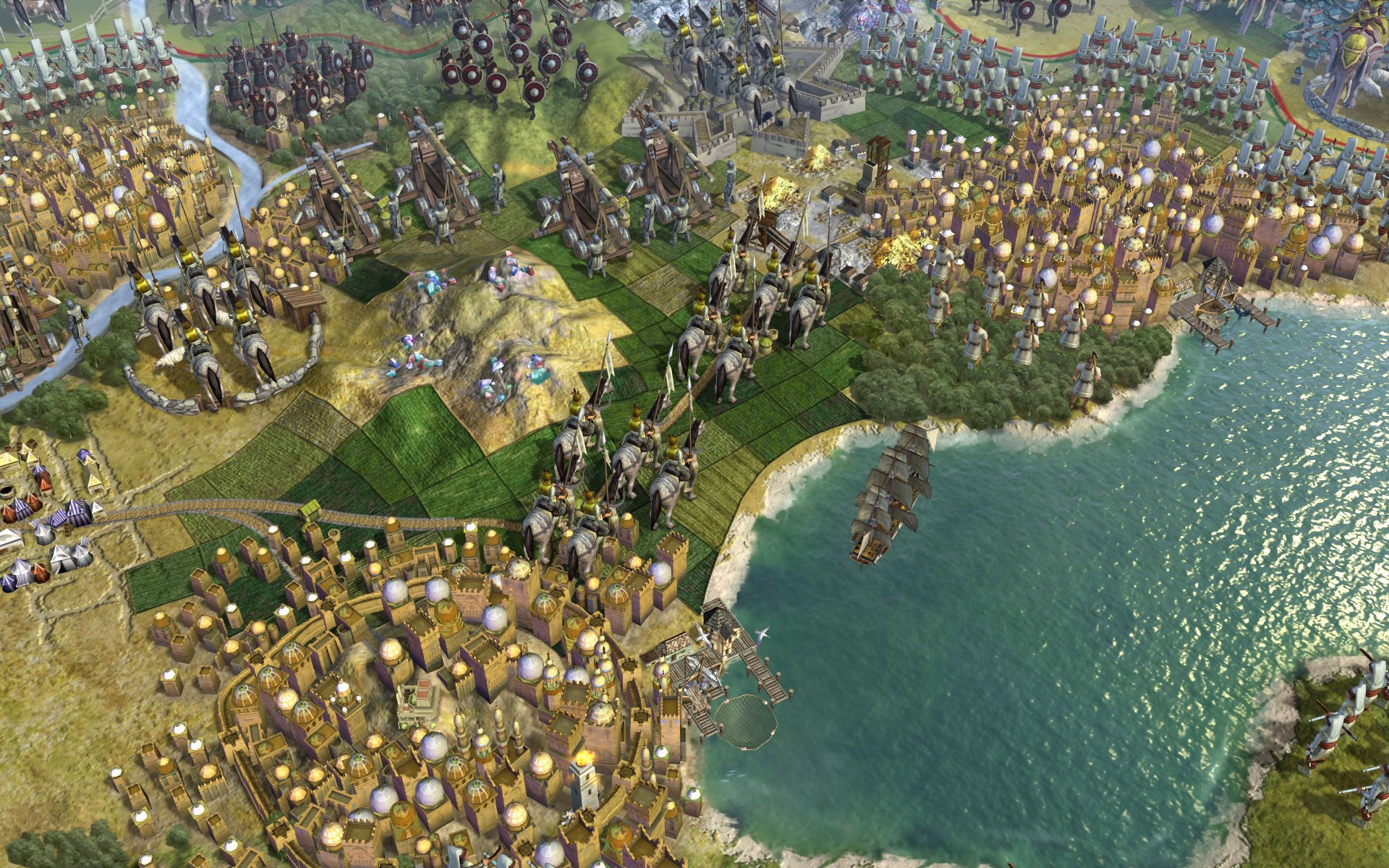Testing Methodology
In total, we tested 16 different graphics card configurations using ATI and Nvidia GPUs in all price ranges. Tests were conducted using the "high" settings in four different resolutions ranging from 1440x900 to the more extreme 2560x1600. The high setting sets the game to the maximum visual quality values.
Because we found little scaling when going from one resolution to another, we ran two additional set of benchmarks at 1920x1200 using the Medium setting preset and another run at High but with Tessellation turned off. This made a world of difference when running with previous generation GPUs. We used the DX10/11 game executable, meaning cards that support DirectX 11 used that rendering mode.
As with most modern strategy games, Civilization V can tax the CPU and make it a prominent factor of overall performance output. We've ran all GPU benchmarks using our trusty Intel Core i7 920 overclocked at 3.70GHz which should remove most of the CPU bottleneck. On the CPU front, we've included clock frequency scaling tests and a brief comparison of 11 processors ranging from an Intel Core 2 Quad, all the way up to the most recent Core i7 and Phenom releases.
The latest drivers were used for all graphics cards, and the game appeared to work pretty well with products from both GPU camps. We didn't experience crashing, but plenty of users are complaining about stability issues. That said, we did notice a few rendering glitches that occurred occasionally with both AMD and Nvidia graphics cards.
The rendering issues mostly involved problems with shadows becoming stuck when zooming in and out. Additionally, some tiles would constantly flicker. Civilization V also suffers from serious texture caching problems, which are present regardless of how much CPU and GPU power is available.
The game features three benchmarks titled "Late Game View Benchmark," "Unit Benchmark" and "Leader Benchmark." When running these benches, we found the "Late Game View Benchmark" to be the most useful because it exercises all aspects of the game engine. All simulation and renderable object types are represented at a frequency consistent with a game that has been in progress for 300+ turns.
Civ V's benchmarks don't log frames per second, but instead provide a score. Since we're mostly interested in the actual frames, we used Fraps to record the average frame rate while running the Late Game View Benchmark. Each test was conducted three times and we've included a pre-cache run.
|
Test System Specs - Intel Core i7 920 (Overclocked @ 3.70GHz) - x3 2GB G.Skill DDR3 PC3-12800 (CAS 9-9-9-24) - Asus P6T Deluxe (Intel X58) - OCZ GameXStream (700W) - Seagate 500GB 7200RPM (Serial ATA300) - Radeon HD 5870 (1GB) - Radeon HD 5850 (1GB) - Radeon HD 5830 (1GB) - Radeon HD 5770 (1GB) - Radeon HD 5670 (512MB) - Radeon HD 4890 (1GB) - Radeon HD 4850 (1GB) - GeForce GTX 480 (1.5GB) - GeForce GTX 470 (1.3GB) - GeForce GTX 460 (1GB) - GeForce GTX 285 (1GB) - GeForce GTX 275 (896MB) - GeForce GTX 260 (896MB) - GeForce 9800 GT (512MB) - GeForce GT 240 (512MB) Software - Microsoft Windows 7 Ultimate 64-bit - Nvidia Forceware 258.96 WHQL - ATI Catalyst 10.9 |


